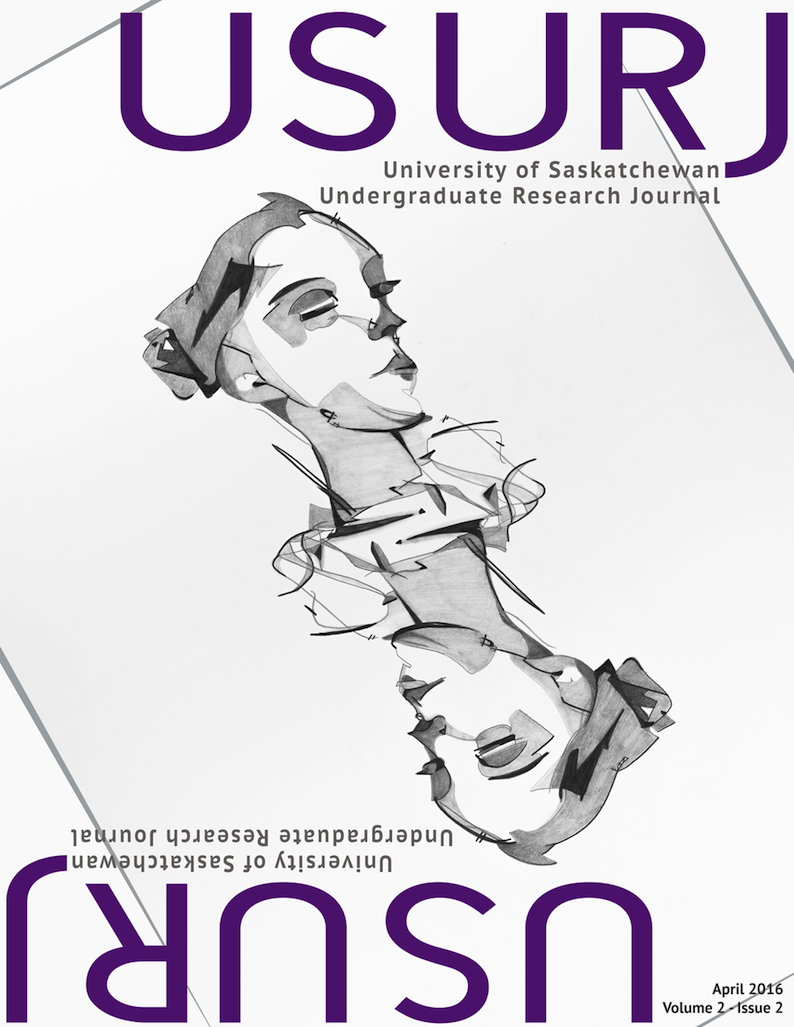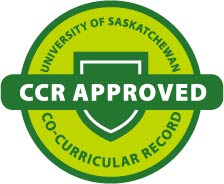Predicting Exercise from Arthritis Flares and Self-Regulatory Efficacy to Overcome Flare Barriers
DOI:
https://doi.org/10.32396/usurj.v2i2.133Keywords:
self-regulatory efficacy, barriers, arthritis, flare, exerciseAbstract
Adults with arthritis struggle to adhere to moderate-vigorous exercise, which is an effective disease self-management strategy. The understanding of theory-based psychosocial factors related to exercise is needed. According to self-efficacy theory, self-regulatory efficacy to overcome challenging barriers may be one such factor. Adults often report that arthritis flares, which involve increases in typical arthritis symptoms (e.g., pain, fatigue), pose a challenge to exercise. However, no research has examined associations between arthritis flares, self-regulatory efficacy to overcome flare barriers, and exercise. The purpose of the study was to examine whether arthritis flares and self-regulatory efficacy to overcome flare barriers predicted weekly moderate-vigorous exercise volume. Ninety adults (Mage = 49.36 ± 16.38 years) with self-reported medically diagnosed arthritis responded to an online survey assessing arthritis flares, self-regulatory efficacy, prior moderate-vigorous exercise, and demographics. A hierarchical multiple regression analysis to predict exercise volume from arthritis flares (step 1) and self-regulatory efficacy to overcome flare barriers (step 2) was significant (R2 adjusted = .14, p < .001). Self-regulatory efficacy was the sole significant predictor in the full model (R2 change = .11, standardized β = .35, p < .001). These findings are the first to illustrate that individuals’ confidence to overcome flare barriers, and not merely the experience of a flare, predict exercise. These findings are important because efficacy beliefs can be changed via theory-based interventions. If future research supports a causal relationship between self-regulatory efficacy to overcome flare barriers and exercise, then an intervention can be designed and tested for improvements in efficacy and, in turn, exercise.
Downloads
Published
Issue
Section
License
Articles: USURJ’s current Publication Agreements apply a Creative Commons Attribution-NonCommercial License (CC-BY-NC) by default. The CC BY-NC license lets others remix, tweak, and build upon work non-commercially. The author(s) can choose a different CC license, as outlined in https://creativecommons.org/about/cclicenses/. Please see the PDF for each article to determine what license is applied to that article. Author(s) can also request to reserve all copyright (All Rights Reserved). If there is no indication for articles published before September 2020, assume the author retains all rights beyond those necessary for publication by USURJ. All articles published after September 2020 will apply one of the aforementioned CC licenses. See the Publication Agreement under the Submission Preparation Checklist or Author Guidelines for more information. Artwork: All copyright for the original artwork remains with the artist unless they wish to apply a Creative Commons (CC) license to the artwork. Please see the PDF for each artwork to determine what license is applied to that artwork.







